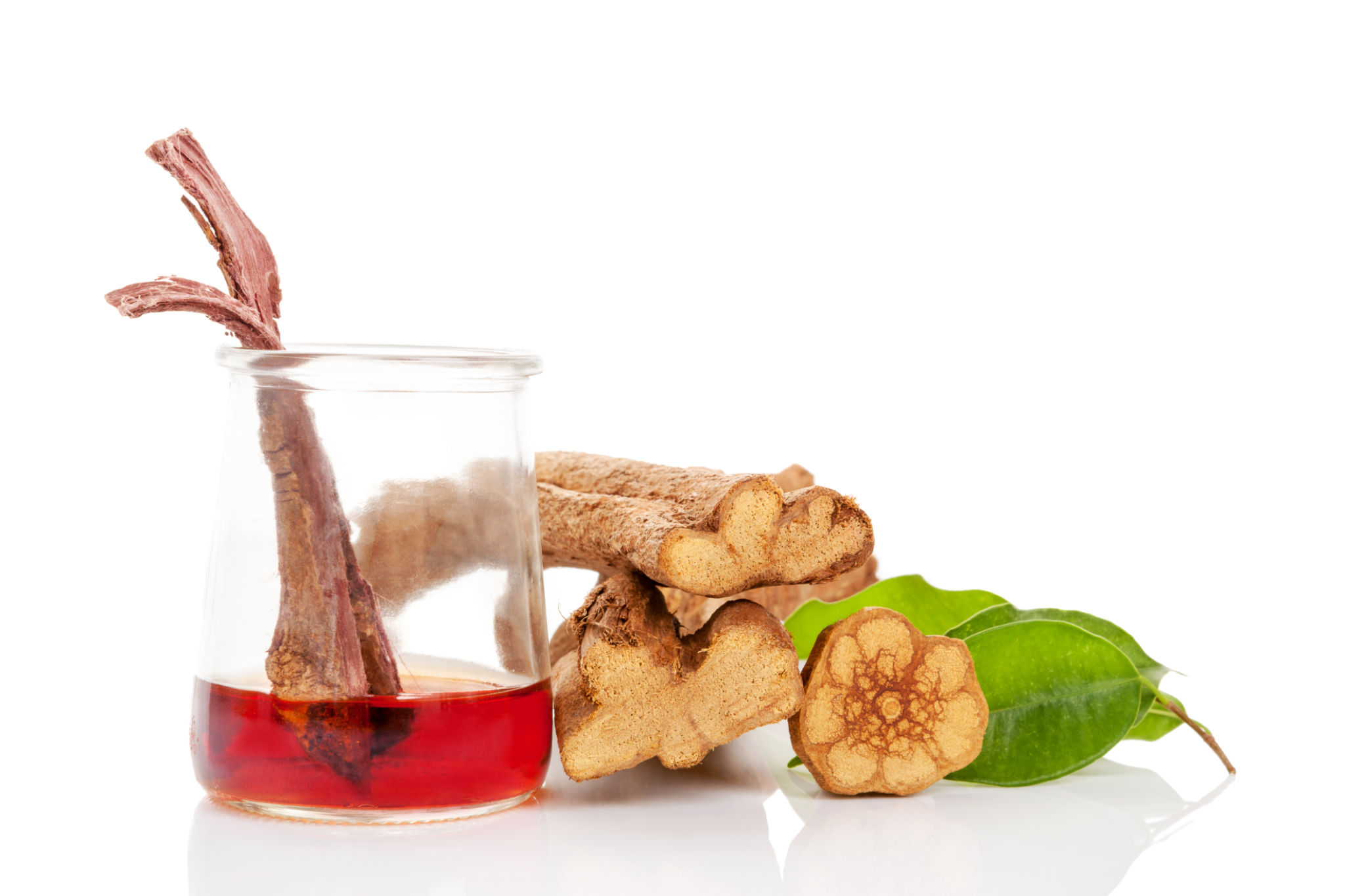Common Misconceptions About Mimosa Hostilis Bark Debunked
Mimosa hostilis bark, also known as Mimosa tenuiflora, has become a subject of intrigue and curiosity over the past few years. However, with its rising popularity, several misconceptions have surfaced, clouding the understanding of this remarkable plant. In this blog post, we aim to debunk some of the most common myths surrounding Mimosa hostilis bark.
Misconception #1: It's Only Used for Psychedelic Purposes
One of the biggest misconceptions about Mimosa hostilis bark is that its primary use is for psychedelic experiences. While it's true that the bark contains compounds like DMT, which can have psychoactive effects, this is only one aspect of its diverse range of applications. Historically, Mimosa hostilis has been valued for its *medicinal properties*, particularly in wound healing and skin regeneration.

A Versatile Natural Remedy
Many indigenous cultures have utilized Mimosa hostilis bark for centuries due to its anti-inflammatory and antimicrobial properties. These attributes make it an effective natural treatment for cuts, burns, and other skin ailments. Moreover, it has found a place in modern skincare, where it's used in products aimed at soothing irritated skin and promoting collagen production.
Misconception #2: It's Difficult to Use
Another common myth is that Mimosa hostilis bark is challenging to use or prepare. In reality, the preparation process can be straightforward if you follow the right steps. For skincare applications, the bark is typically ground into a fine powder and then mixed into creams or masks. This preparation can easily be done at home with minimal equipment.
DIY Skincare
For those interested in exploring natural skincare solutions, using Mimosa hostilis bark can be a rewarding experience. By incorporating this ingredient into your routine, you can benefit from its *nourishing* properties without relying on synthetic additives. There are plenty of tutorials and guides available online to help you get started with creating your own skincare products using this amazing natural resource.

Misconception #3: It's Illegal Everywhere
Some people believe that Mimosa hostilis bark is illegal globally due to its association with DMT. This is not entirely accurate. The legality of Mimosa hostilis varies from country to country and even within regions. In many places, the plant itself is not controlled, although the extraction and use of its psychoactive components may be regulated.
Understanding Legalities
If you're interested in using Mimosa hostilis bark, it's crucial to research and understand the regulations in your area. In some cases, it may be perfectly legal to buy and use the bark for non-psychoactive purposes, such as skincare or art, where its vibrant natural dye is highly prized.

Misconception #4: It’s Not Environmentally Sustainable
There is a misconception that harvesting Mimosa hostilis bark is harmful to the environment. In truth, when harvested sustainably, it can be an eco-friendly resource. The tree is known for its resilience and ability to regrow its bark without causing long-term damage.
Sustainable Harvesting Practices
To ensure the sustainability of Mimosa hostilis bark, it's essential to source it from suppliers who follow ethical harvesting methods. This involves allowing trees ample time to recover between harvests and using techniques that do not harm the tree's ability to thrive.
In conclusion, Mimosa hostilis bark is a versatile and valuable natural resource that offers numerous benefits beyond its psychoactive potential. By debunking these common misconceptions, we hope to provide a clearer understanding of its uses and encourage more informed discussions about this fascinating plant.